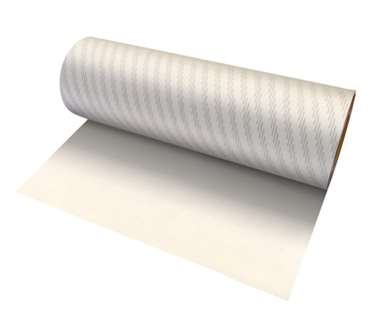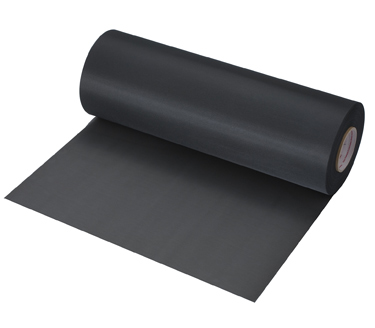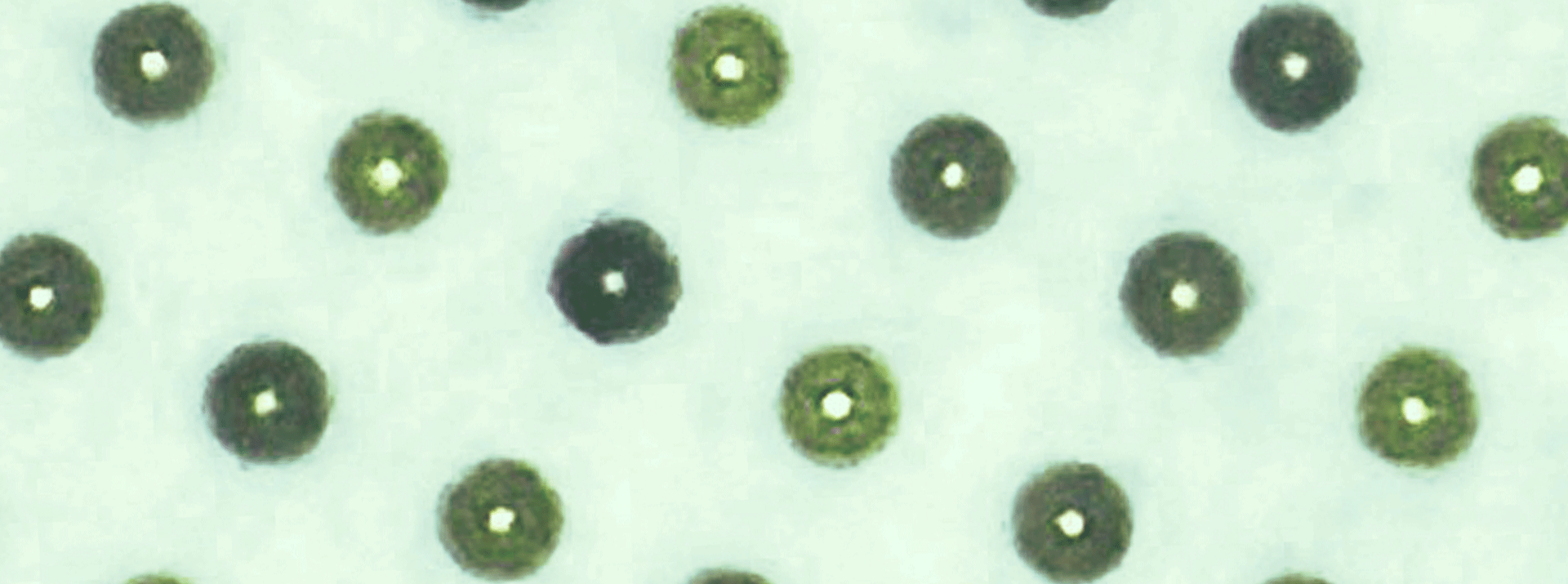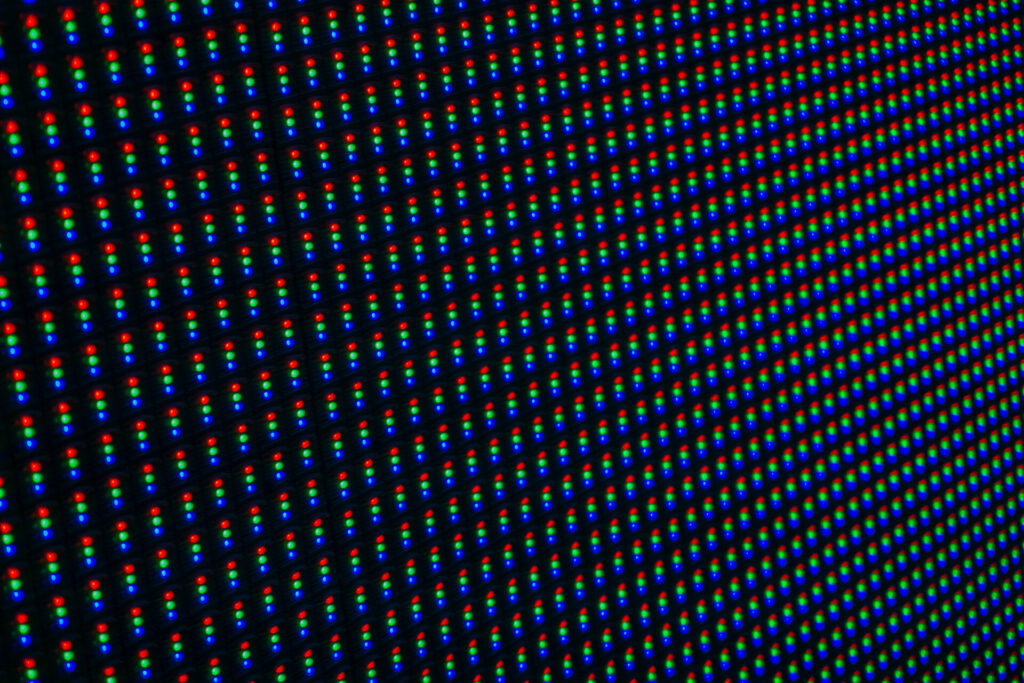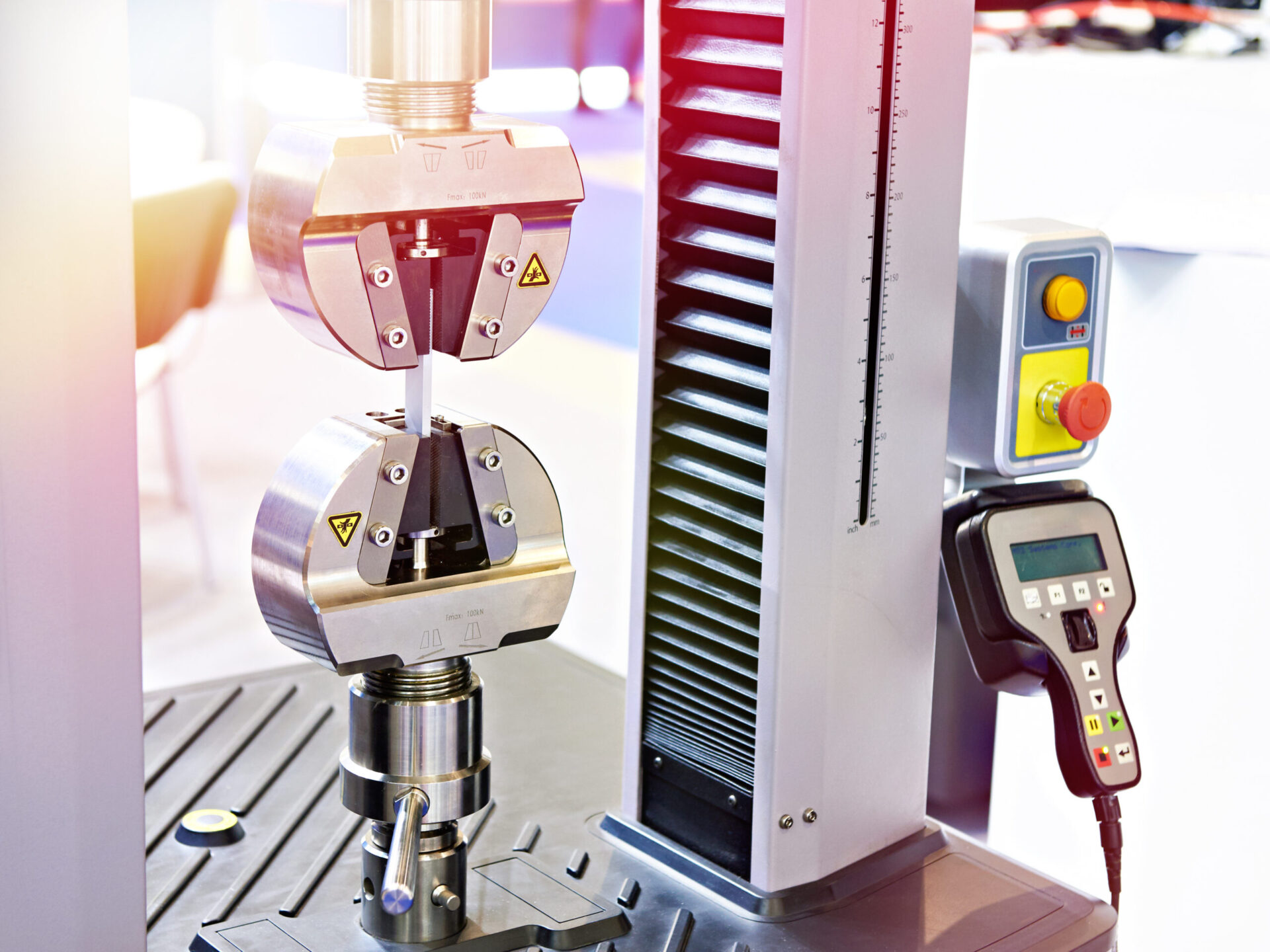
- Bonding Products
Evaluation Methods for Functional Adhesive Tape
Contents
The various properties required of adhesive tape
Dexerials produces and sells functional tapes of various types and specifications. To assist our customers in selecting the product that best meets their use case, we evaluate each product across multiple indicators.
Despite all adhesives sharing the common purpose of adhesion, a wide range of properties may be required depending on the use case, such as heat resistance to keep parts secured through manufacturing processes, thermal conduction to dissipate heat when securing CPUs and heat sinks, vibration suppression to ensure precision movement in precision parts such as HDDs, electrical properties in EMI shielding parts, optical properties in LCD parts, and impact resistance in digital device components. To select the optimal adhesive product, it is necessary to compare accurate numerical indicators for these properties in addition to adhesion.
Key points for selecting adhesive tape
To help customers select the right adhesive tape, Dexerials asks questions about the following points.
- The materials the adherends are made of
- The temperatures of the production environment and use environment (low – high temperature)
- Requirements for adhesion (peelability for reworking or adhesive holding power for secure bonds)
- Desired specifications for adhesion (for example, 10 N/2 cm or greater at 40°C)
- Other additional functions (thermal conductivity, impact absorption, electrical properties, etc.)
In some cases, all of the above information is finalized when the customer first contacts us, while in others, it is decided through discussion.
An example of tape evaluation by Dexerials

When using double-coated tape to secure parts for digital devices, it is necessary to consider the mechanical load and the thermal environment. In particular, things like the front panel of a big-screen TV are not only large but have significant weight, making it important to accurately gauge the ability of a tape to support weight during the temperature in actual use. In this test, a 1 kg weight is attached to an element secured with double-coated tape in an environment at a set temperature to observe change after 1 hour. The test evaluates holding power in the vertical direction of gravity.

This test measures the basic adhesion strength of double-coated adhesive tape. A familiar analogy is that it is similar to measuring how much force is needed to peel off duct tape from a cardboard box. Following the adhesive tape measurement method established in the JIS Z0237 standard, a tensile testing machine pulls the edge of adherends A and B in the specified direction at a constant speed. The result is used to calculate strength. The test is used in cases where one adherend is a rigid body that does not deform, such as metal, and the other is a soft, relatively non-elastic material, such as PET film.
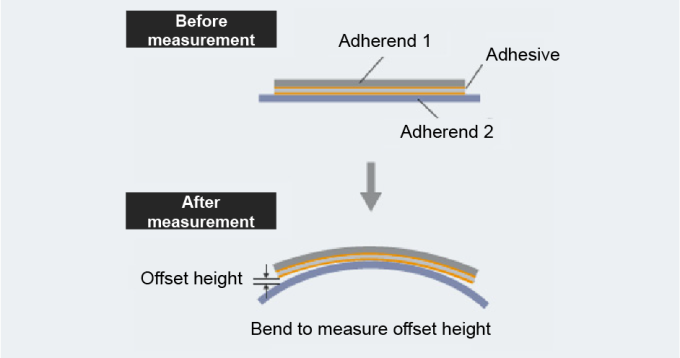
This test measures adhesive strength when force is applied to bend the adherend into a curved surface. When a bending force is applied to two flat boards adhered to each other, the bond is subjected to a constant force acting to break it. The test measures the amount of separation after a set amount of time. The amount of strain varies depending on the material (metal adhered to metal, metal adhered to polymer, etc.), so the test is conducted after clarifying the materials used in production.
Dexerials also conducts other tests for adhesive properties, such as thermal, electrical, and optical properties. We also regularly conduct customized tests based on customer requests. Many of the products we offer now got their start when a customer asked, “Are there any products with properties like this?” If you have any questions beyond the specifications on our website, please do not hesitate to contact us.
- SHARE
 Back to top
Back to top  Contact us
Contact us 


